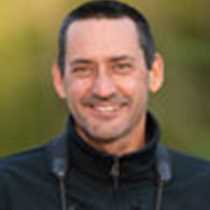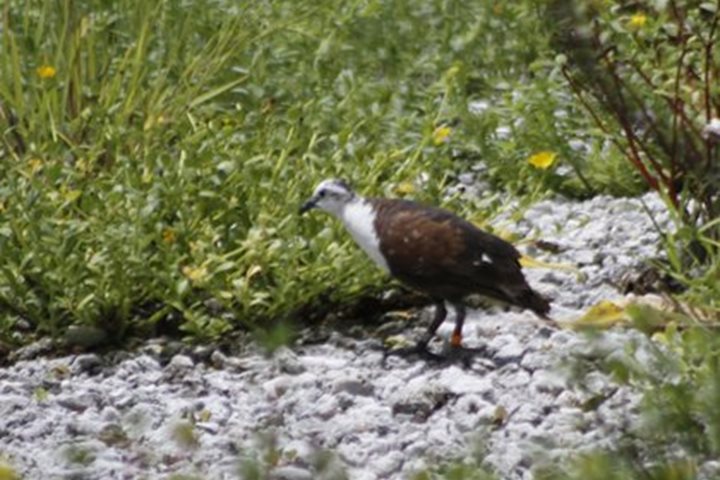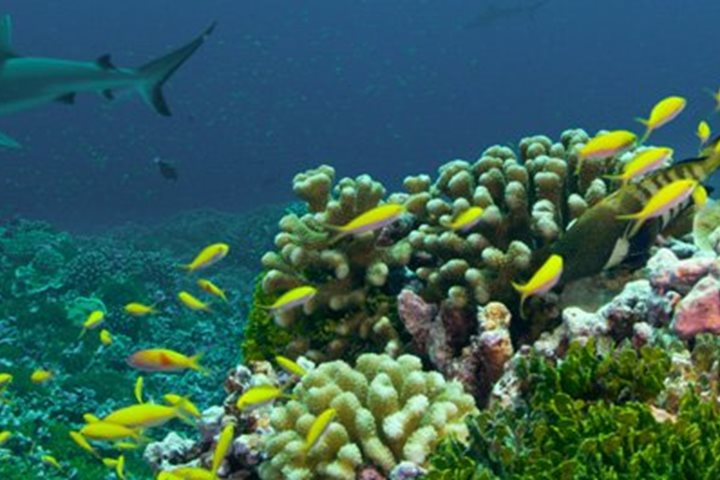It was a bit of a shock this morning to wake up and see the National Geographic Orion approaching a relatively higher island. Since we left Samoa long ago, all of our islands have been low, coral atolls with the highest point being only a few feet above sea level. Makatea is a raised coral island reaching about 80 meters above sea level. Steep cliffs rise straight out of the sea, making for a nice profile.
Our landing this morning was at an interesting site, littered with derelict cranes, towers, anchors, and assorted hunks of metal. Makatea had large phosphate deposits and this was the location for the port. Between 1917 and 1964 the phosphate was hand mined on the island and carted to the port to be shipped all over the world to be used in the making of fertilizer. After the mining finished, most people left the island and many things were abandoned. Now, the jungle is reclaiming much of the island and it was ours to explore.
After climbing up the initial 200 feet in elevation from the landing, many of us set off for a nice walk through the island. We made our way through the forest, past the village, and across the central stretches. Here, many of us searched for some of the native birds, including a fruit dove only found on this one island, and nowhere else! The karst topography was amazing, especially as there were scattered ruins from the mining days scattered throughout. However, the best was awaiting us. An incredible view of the other side of the island was absolutely stunning. From there we descended a steep road and arrived at the grotto. Here, we entered a dark, cave-like entrance, and at the bottom, a pool of cool, fresh water. After our hot and steamy walk, nothing could have been more perfect than a dip in this little slice of paradise.
Soon enough, it was time to head “home” and onwards towards Tahiti. This incredible journey, from Fiji to Tonga, on to Samoa and the Cook Islands, and finally the Southern Line Islands and French Polynesia has come to a close. We have visited some of the most pristine reefs in the world, set foot on incredibly remote atolls, and met some amazing people of various cultures. As we watched our final night’s slideshow, we were able to reflect on just how much we had seen and done.






